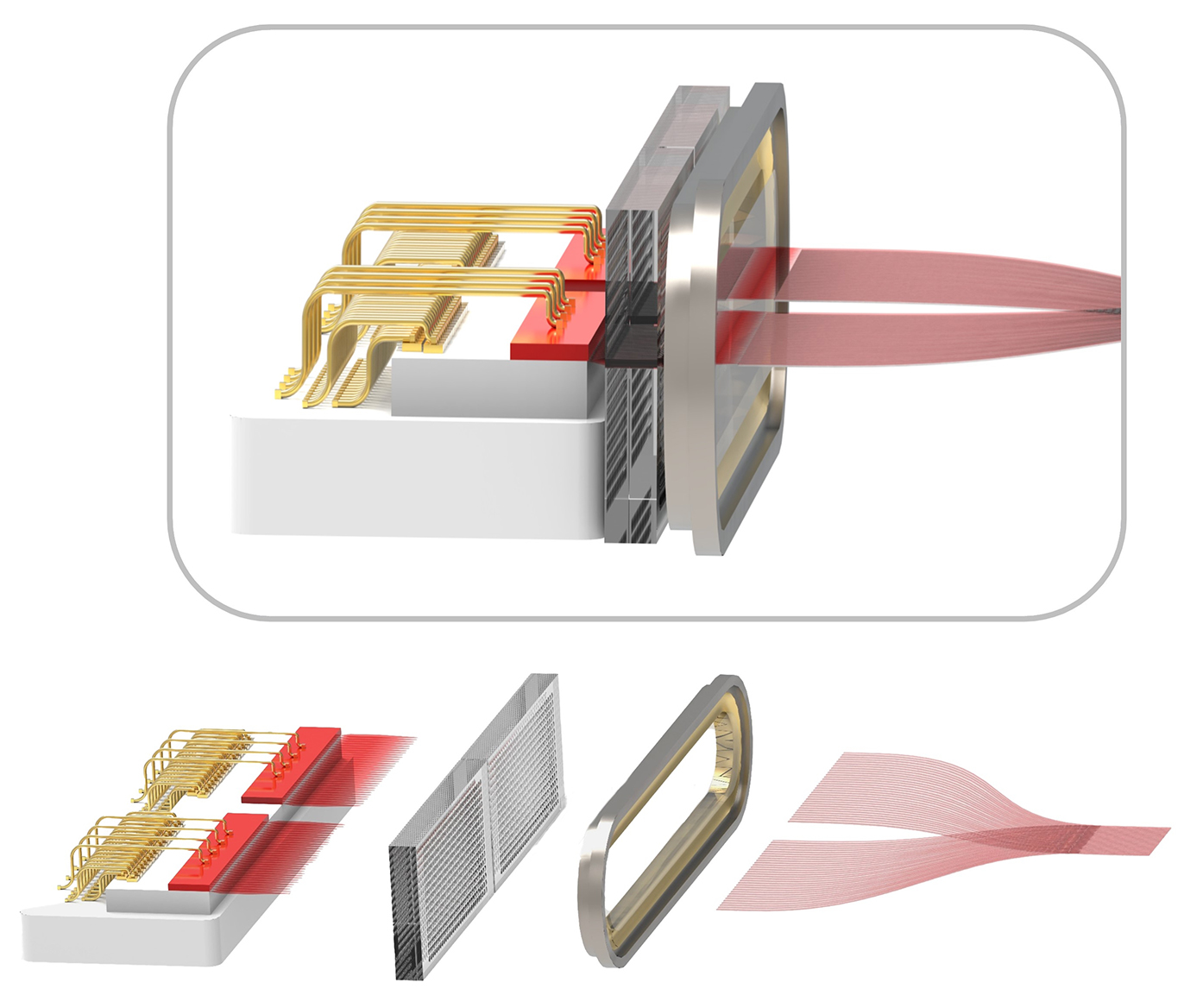Medical
Device
Engineering
Platform 5 is dedicated to the development and design of medical devices. Optics specialists ensure the highest possible light yield, microsystems engineers work on miniaturized devices that are durable and robust even in harsh environments, and software engineers optimize and integrate coding strategies for optical stimulation.
We evaluate the devices in terms of their physical properties and in preclinical animal models in vivo, and with advice and support from our industry partners, we develop and manufacture prototypes for human use. Our first goal is to achieve the design freeze for optical cochlear implants, which is planned for 2028.

We develop the medical devices based on a common concept that is highly flexible and then adapted for specific applications. The concept consists of an energy coupling system for transmitting energy and information to control the light source from outside the body via induction. This signal must then be further processed by the implant’s hardware and firmware to control the optical stimulator.
The concept envisions that the optical stimulator is located away from the actual target organ to allow for robust fixation in regions with less movement and less fluid exchange. For this purpose, an optical module couples the light generated by the laser diode array 1:1 into a flexible waveguide array that guides the light to the target organ. This way, only the tip of the waveguide array needs to be adapted to the individual application to emit light at the respective locations of the cochlea and sensory cortex, and to cover a large area of the stomach antrum.



